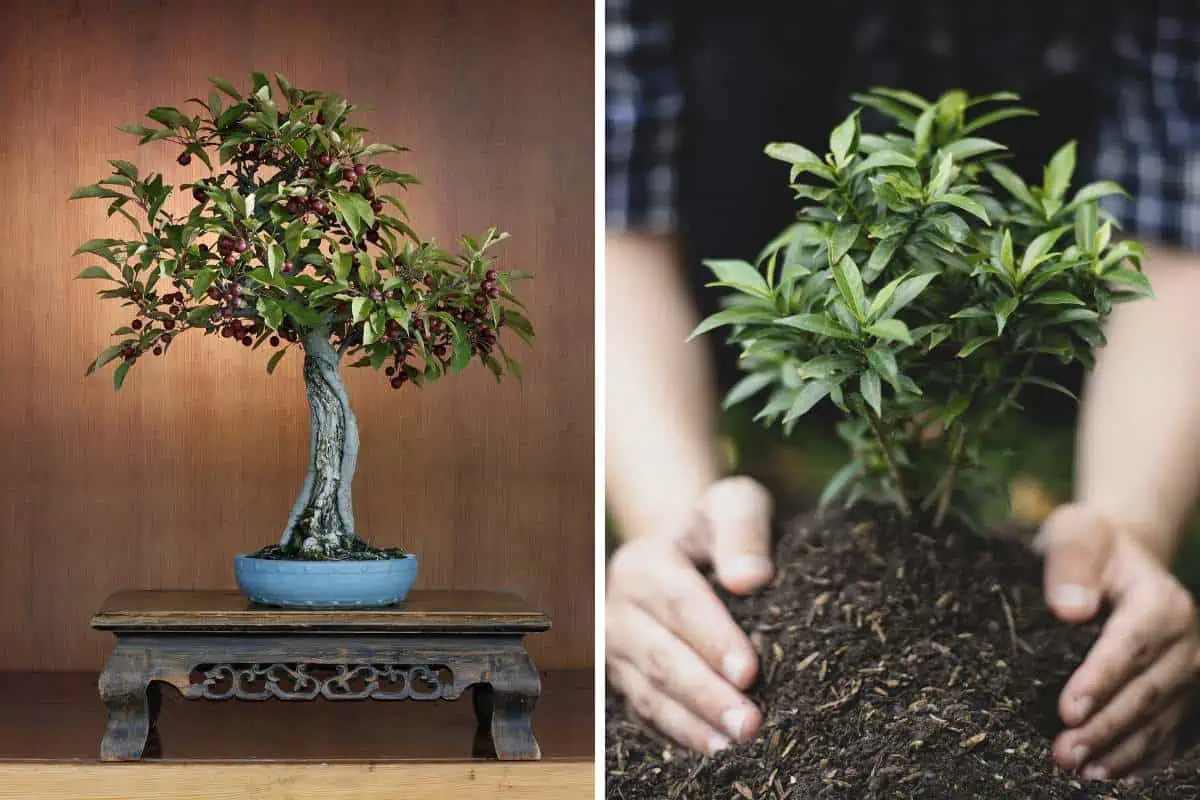Trees make life better, and that’s a fact. They freshen the air by cycling in oxygen, create beautiful blooms, scents, or delicious fruit, and add beauty to houses, cities, and rural areas. They can be less than a foot tall or tower to over 350 feet.
Questions abound on what conditions it’s good to grow a tree in. Some trees flourish in pots; others can’t survive without being planted directly in the ground. Don’t worry, apartment-dwellers. There are trees for you!
This article examines the different ways gardeners can grow trees: in the ground or in contained pots. Both methods are possible and have valid use cases. Keep reading to take a deep dive into the factors that will affect your trees.
Growing Trees in Pots vs. in the Ground
Growing trees in pots is more or less common in different regions of the United States. It’s common to keep tropical plants indoors for half of the year if you live in an area with clearly divided seasons. It’s also possible to keep them indoors if you don’t have enough room to plant one outside.
Growing Trees in Pots Pros
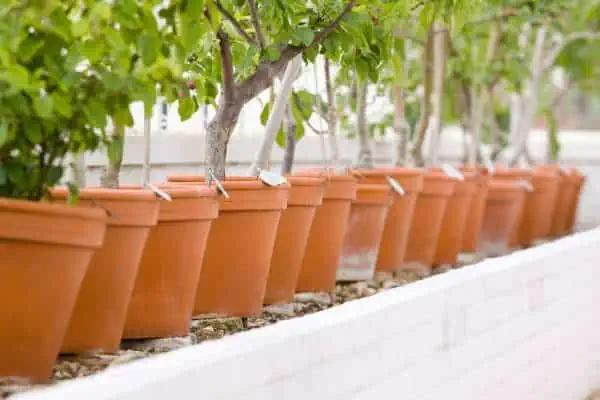
1. Protect plants from heat and cold
Growing trees in containers gives the grower the opportunity to control the temperature the plant experiences. This is useful if you live in a place with cold winters or extremely hot summers.
You can bring the tree inside during winter so it won’t freeze. Similarly, you could keep the plant in an air-conditioned space during heat waves.
2. Saves space
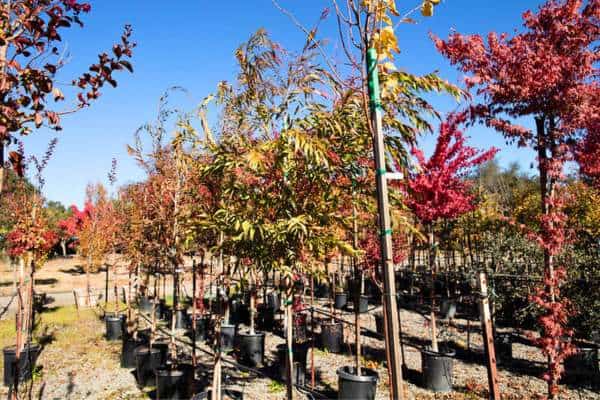
Potted trees are much smaller than trees planted directly in the soil. The small area for the roots to grow into restricts the tree’s growth and keeps it small. This makes potted trees a great choice if you don’t have a yard or live somewhere where space is at a premium.
3. Improves indoor air quality
When trees photosynthesize, they turn carbon dioxide into oxygen through a chemical reaction. This freshens the air and improves indoor air quality. Since humans inhale oxygen and exhale carbon dioxide, there is always a sufficient supply of carbon dioxide for the plants to use in photosynthesis.
4. Can provide nutrition for your family
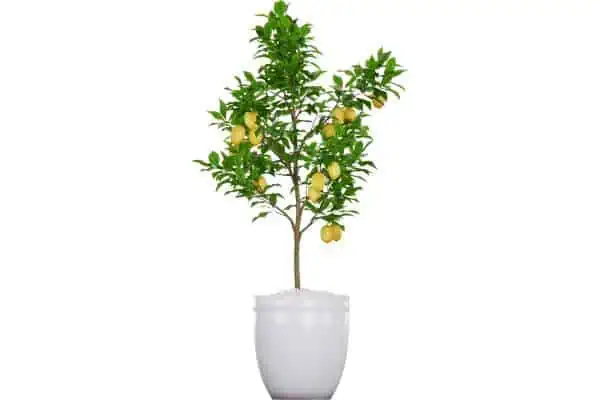
Planting a fruit tree in a pot can be a great idea if you live in an area without regular access to that fruit. It’s also a great money saving measure.
Fruit trees that adapt well to containers include citrus plants like lemons and oranges. The dwarf meyer lemon is well-known for being planted in containers.
5. Are less vulnerable to pests
Since your container-planted tree doesn’t have to deal with the outdoors year-round, it has less exposure to bugs, pests, and fungi that could kill or injure it. You’re able to control this tree’s environment much easier than you could if it was outside year-round.
Growing Trees in Pots Cons
1. Not all trees can handle being planted in pots.
In nature, trees’ roots climb and grow deep into the ground. Planting a tree within a pot may be a shock to the tree. Some trees just can’t handle it. Do your research before planting a tree in a pot.
2. Your tree’s size will be restricted
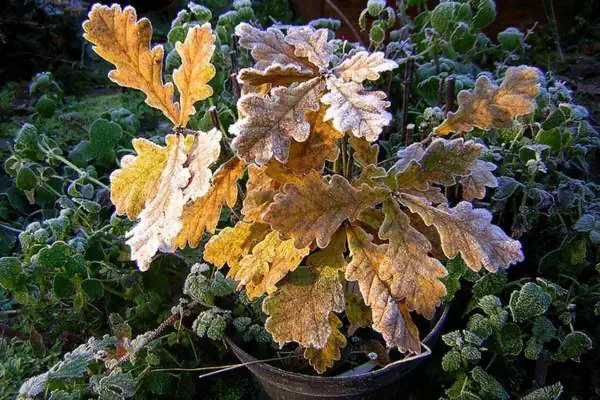
Don’t expect a huge towering canopy from your potted tree. Trees’ growth is limited by the size of the area their roots can expand into. You can expect trees ranging from a single foot tall to over 10 feet, but they rarely get larger than that.
3. You need to have lots of natural light
Natural light is mandatory if you grow a plant inside a pot or container. Most trees require over 5 hours of sun per day, so if you don’t have a sunny spot to place your tree in, it may not be a good idea to plant it in a pot.
Growing Trees in the Ground Pros
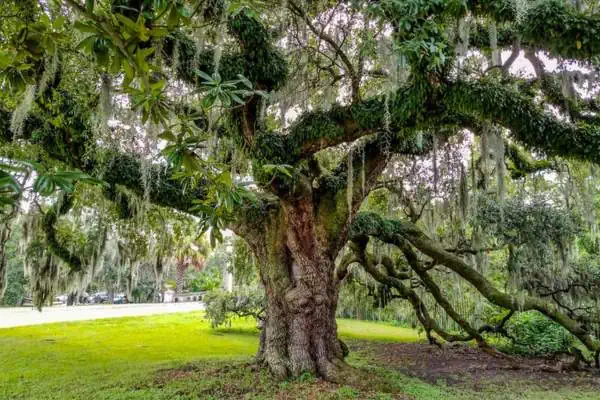
The natural state for trees is to grow directly in the soil without any limits on where and how they can grow. The largest trees on earth are ones grown freely outdoors – trees such as sequoias, redwoods, and oak trees all thrive when planted directly in the ground.
1. They require less maintenance
Compared to trees grown in containers, trees planted in the ground require less TLC and maintenance. Their root systems are larger and more sophisticated so they can absorb water and nutrients from the soil. Fertilization is less of a requirement.
2. They grow bigger and more quickly
Plant your tree in the ground and you’ll see big changes in just a few years. Trees can grow to towering heights when they have enough space and sunlight. It depends on what tree you plant, of course, but there’s much more variability in trees when they’re planted outside.
3. It can participate in the ecological system
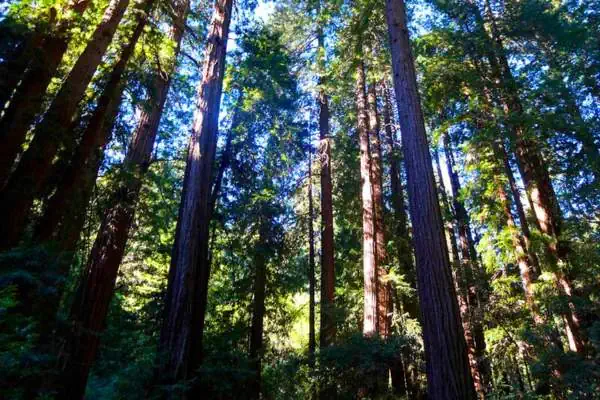
Trees offer many services to the environment they grow in. They recycle nutrients in the soil, provide oxygen in the air, and offer sites for birds to nest and insects to shelter. They contribute to higher soil quality and improve the quality of life for people and animals nearby.
Growing Trees in the Ground Cons
1. They can’t be moved
Unlike trees in containers, trees planted in the ground are permanently fixed. They can’t be moved during storms, cold weather, or heat waves. There are a few workarounds for cold weather – such as covering the tree with a tarp – but outdoor trees for the most part are subject to the whims of mother nature.
2. They require ample space
Trees require space to grow and thrive to their fullest potential. Some trees grow to a maximum of 15 feet, and others grow over 300 feet tall, but all have needs for space that can’t always be satisfied by life inside a small container. A true shade tree won’t thrive in a pot; it needs space to spread out and grow.
3. They may be vulnerable to weather and more pests
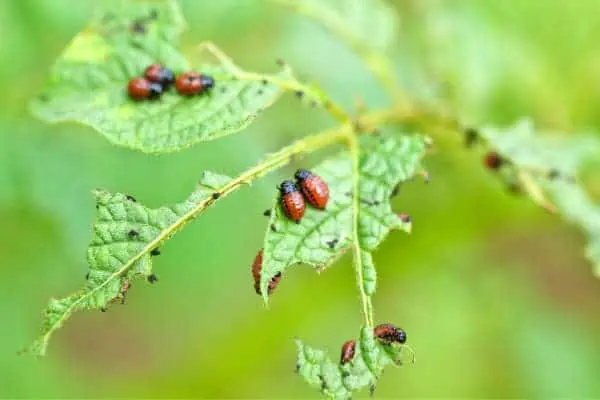
Outdoor trees are subject to winds, storms, and the influx of pests. These may be wood borers, beetles, or diseases. While it’s tempting to protect your tree from any threats by planting it in a container so you can keep it safe, some trees require being blown about by strong winds to develop a healthy root system.
Final Thoughts
Keeping trees in pots and growing them in the ground are valid ways to maintain a garden. You’ll still have a green thumb if you don’t have acres of land. However, there are clear differences between a potted tree and one allowed to grow outside in the wild.
It’s better to plant a potted tree if you live outside of the tree’s natural growing area. If it wouldn’t survive outside in your backyard, consider keeping it in a container. You can leave it outside during the warm or cold months, then bring it inside when it’s at risk of frost or overheating.
Potted plants are a better choice for people who have small yards, patios, or live in apartments. They add oxygen to the air, filter out toxins, and even improve people’s moods. Arborists have bred some trees to adapt well to life in containers too.
Don’t get hung up on where you plant your trees. There are pros and cons to every decision. Just remember – any tree is better than no tree!
